- Excellent performance and range
- High quality and practical cabin
- Subtle and intuitive active safety systems
- Ride and steering need work
- Starting to get expensive
- No spare wheel
It’s no secret that the world’s car makers are switching towards electrification in an effort to reduce emissions and curb their environmental impact. Every day, a new electrified car – be it a hybrid, plug-in hybrid or electric – launches, and some car makers have even committed to all-electric lineups before the end of the decade. But while some car makers are only just starting to move towards plug-in hybrids, many forget that one has been around for a decade already: the Outlander PHEV. Is Mitsubishi still a PHEV leader 10 years later? We tested the 2022 Mitsubishi Outlander Plug-In Hybrid EV Aspire to find out.
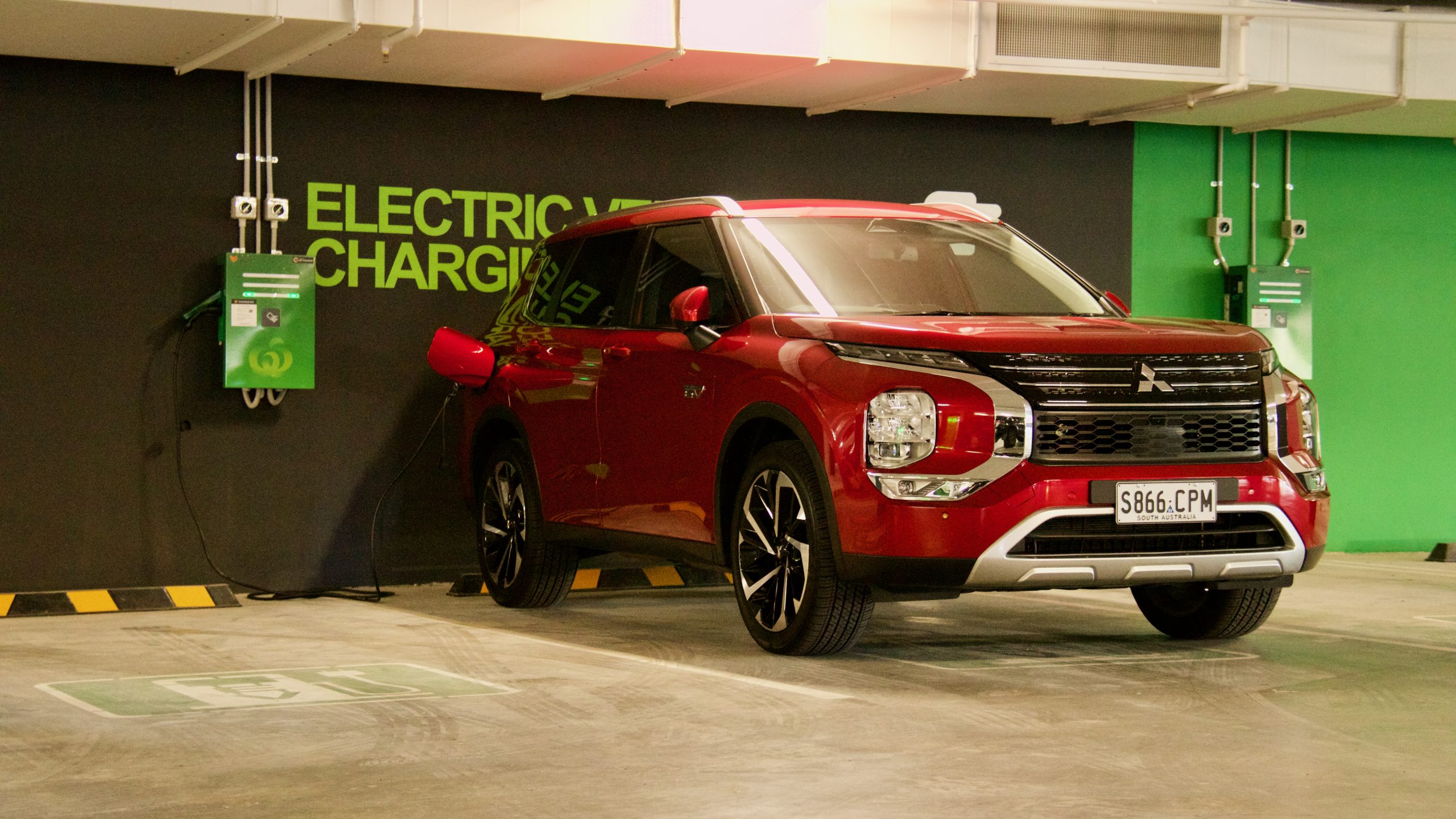
Revealed at the 2012 Paris Motor Show, the Outlander PHEV was not a revolutionary product – other plug-in hybrids existed at that time, like the Holden Volt. But it was the first PHEV wrapped up in an SUV body, and over 130,000 were sold globally in just its first three years of production. Now armed with a new body, an available seven-seat layout, a larger and more powerful – yet more efficient – drivetrain and a heap more technology, the second-generation Outlander PHEV has landed in Australia.
Price & Equipment: 7/10
While the petrol Outlander is priced from $35,990 plus on-road costs, and the PHEV is priced from $54,590 +ORC, we tested the Aspire, which is the second-model-up in the PHEV range, priced at $60,990 +ORC or around $66,500 drive away. We think that the Outlander PHEV Aspire is good value against PHEV competitors, but there’s no getting away from that the PHEV is a good $15,000 more than the regular petrol-powered Outlander so do your sums before purchasing.

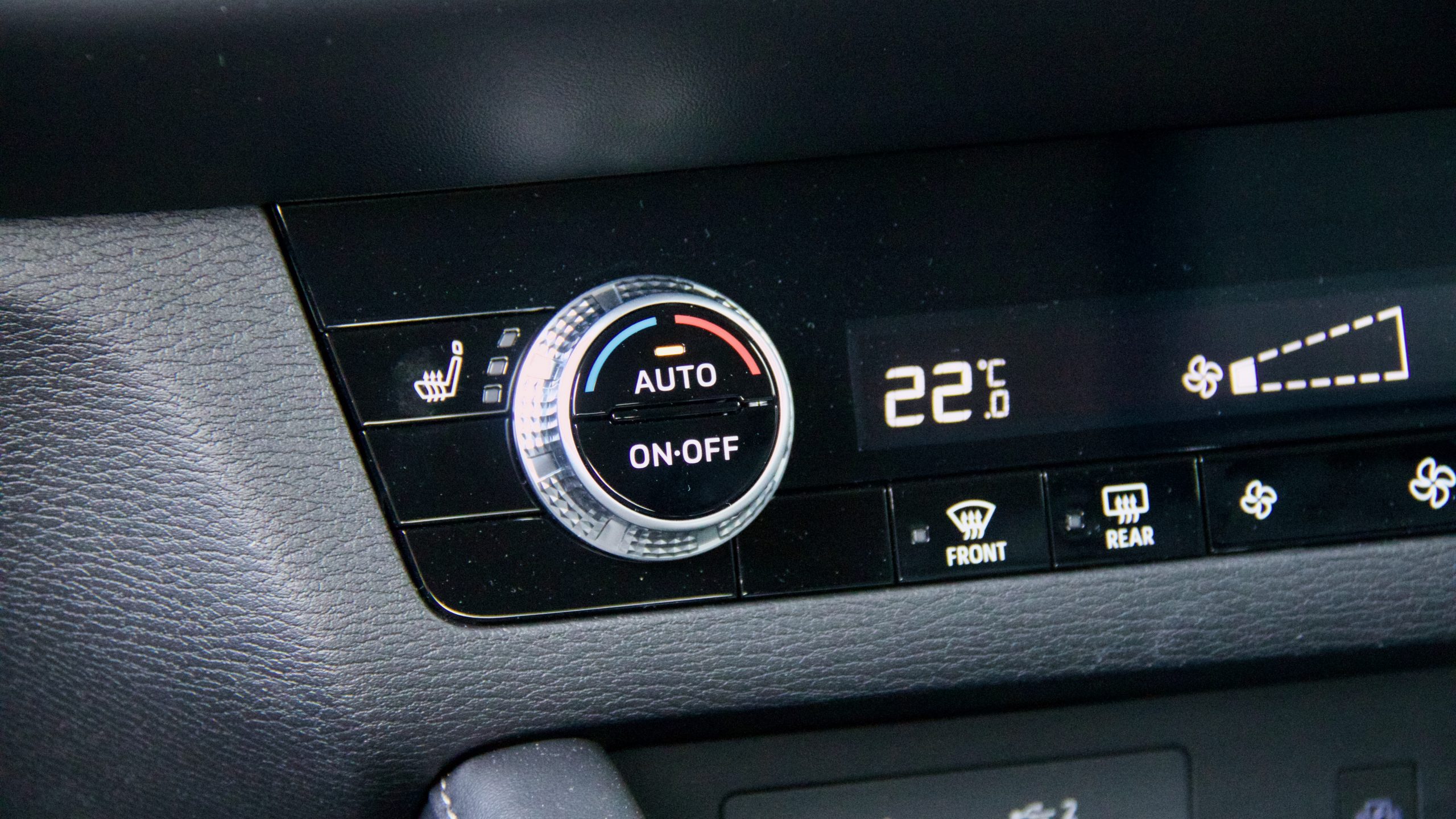

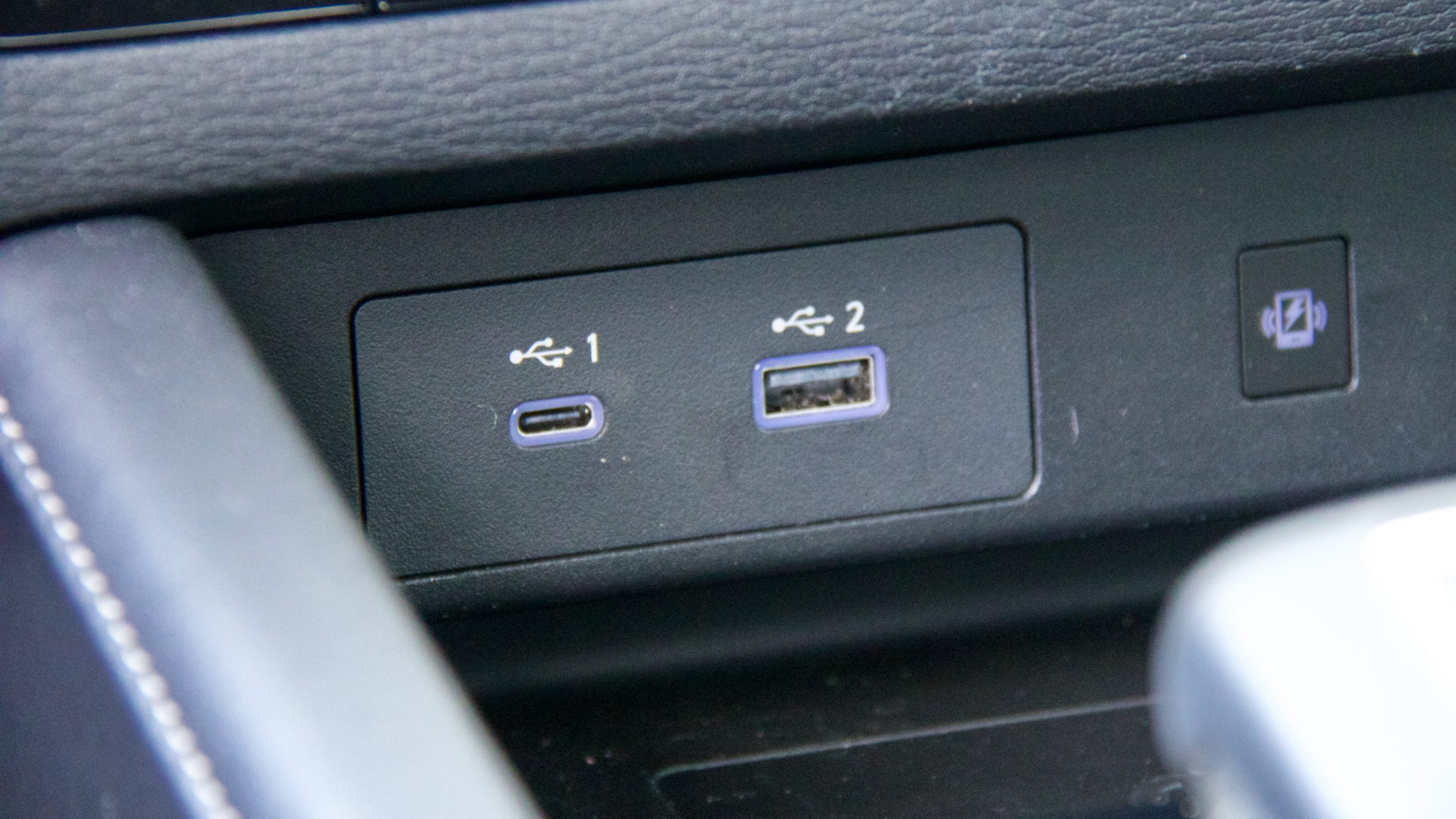
Standard equipment on the Aspire grade of the Outlander PHEV includes 20-inch wheels, automatic LED lighting with auto wipers, LED front fog lights, roof rails, dual-zone climate control with rear air vents, suede and synthetic leather upholstery with heated front seats, a leather steering wheel and gear shifter, a 10-way electrically adjustable driver’s seat, a 9.0-inch touchscreen with wireless Apple CarPlay and Android Auto, satellite navigation, digital radio, a wireless phone charger, a six-speaker sound system, four USB outlets, a 12.3-inch digital driver’s display, seven driving modes, keyless entry and start with an electric tailgate, heated and auto-folding mirrors, two 240V/1,500W power outlets and rear privacy glass.
Safety kit includes eight airbags, auto emergency braking (AEB) with pedestrian, cyclist and intersection assist, adaptive cruise control, lane departure warning with emergency lane keep assist, blind-spot monitoring with rear cross-traffic alert, reverse automatic braking, auto high beam with adaptive high beam, driver attention monitoring, traffic sign recognition, a heads-up display, an auto-dimming rear mirror, a 360-degree camera and front and rear parking sensors.




Available colours for the Outlander Plug-in Hybrid SUV include the no-cost ‘White’, the $740-extra ‘Cosmic Blue’, ‘Sterling Silver’ and ‘Titanium’ and the $940-extra ‘Black Diamond’, ‘White Diamond’ and our test car’s ‘Red Diamond’. Black is the sole interior colour option for the Aspire.
In terms of competition, there aren’t many plug-in hybrid SUV offerings from mainstream brands on offer in Australia at the moment. While plug-in hybrid versions of the Hyundai Tucson, Kia Sportage, Volkswagen Tiguan, Toyota RAV4 and Citroen C5 Aircross exist overseas, they aren’t sold here. Because of that, we consider the Ford Escape ST-Line Plug-In Hybrid to be the Outlander’s main rival.




The Escape is priced from around $60,000 drive away, though one must add two option packs to get to the Outlander’s spec level and that makes it around $63,500 drive away – some $3,000 less than the Outlander, though the Outlander is a physically larger car that can go further on a charge, has fast charging capability, more performance, all-wheel drive, and more equipment like a larger infotainment screen with wireless smartphone mirroring.
Performance & Economy: 9/10
Under the bonnet of the 2022 Mitsubishi Outlander Plug-In Hybrid EV is a 98kW/195Nm 2.4-litre four-cylinder petrol engine that’s mated to an 85kW front electric motor and a 100kW rear electric motor that draw power from a 20kWh lithium-ion battery. Total outputs are a healthy 185kW of power and 450Nm of torque, while a single-speed automatic transmission is the only transmission available.




With such impressive figures, the Outlander Plug-In Hybrid EV’s performance is surprisingly good. The claimed 0-100km/h sprint time is 8.2 seconds, but off the mark it feels much quicker as the full torque from the electric motors is available from 0 rpm. Performance tapers off slightly after that and the Outlander’s 2,045kg tare mass can be felt more, but it’s still got a satisfying amount of shove, even in pure electric mode. The transition between electric and hybrid modes is generally seamless
Mitsubishi claims that the Outlander Plug-In Hybrid EV can be driven for up to 84km on a charge (28km more than the Escape PHEV) – we saw a reasonable 65km while not driving particularly economically – while it can be fully charged from 0 to 80 per cent in as little as 38 minutes using a DC CHAdeMO plug – the more common AC charger will replenish it in around six and a half hours, while using a 240-volt socket will take up to 12 hours. As somebody who lives in an apartment building with no power points, we really appreciated that the Outlander can be fast charged – it makes a huge difference in PHEV range and convenience.




The claimed combined fuel consumption for the Outlander Plug-In Hybrid EV is just 1.5L/100km, though – as with all other plug-in hybrids – that largely depends on how much you charge it. With only one full charge under our belts, we achieved a worst case scenario of 6.5L/100km. Adding another full charge to that lowered that to 3.8L/100km, which isn’t bad. Charge it more to rely less on the petrol engine and you’ll see figures closer to the 1.5L/100km claim. The Outlander has a 56-litre fuel tank and can run on 91RON regular unleaded fuel.
Ride & Handling: 7/10
Using the same ‘CMF-CD’ platform that also underpins the latest generation Nissan X-Trail, the current shape Mitsubishi Outlander is a step forward dynamically for the nameplate – but as we discovered in our review of the petrol Outlander Exceed, it’s not perfect. It’s entirely comfortable and competent, and families will love how quiet it is at speed, but the ride quality on the huge 20-inch wheels of the Aspire is not great – the Escape PHEV’s ride and handling balance is definitely better.




At low speeds, it can be crashy, while it’s also too floaty at higher speeds – an Australia-specific revised suspension tune is apparently on the way, however. The Outlander’s handling is pretty good, however, thanks to its ‘S-AWC’ all-wheel drive system – the exact system that featured on the supercar-slaying Lancer Evolution. It has multiple driving modes as well – power, eco, normal, tarmac, gravel, snow and mud – that each change various parameters of the car like the throttle response.
The Outlander’s steering is also a touch odd, with a light and vague feel that doesn’t inspire confidence for enthusiastic driving. But around town, this turns into an advantage as it’s quick. The Outlander’s visibility also leaves a bit to be desired, with high door tops that limit side visibility – thankfully the Aspire has a very handy 360-degree camera as standard equipment.




We also like the subtle active safety equipment, which are a big improvement on the basic and unintuitive systems of the old-generation Outlander. Their noises are much more subtle and relaxing versus the alarming older noises, and they’re also quite effective too – though there’s no lane trace assist for semi-autonomous highway driving. But the Matrix adaptive high beam for the headlights is excellent.
Interior & Practicality: 9/10
As with the regular model, the interior of the 2022 Mitsubishi Outlander Plug-In Hybrid EV is a massive step forward on the last generation of the car. The quality is a big upgrade, as is the technology and its integration, while it’s also more practical and aesthetically pleasing.
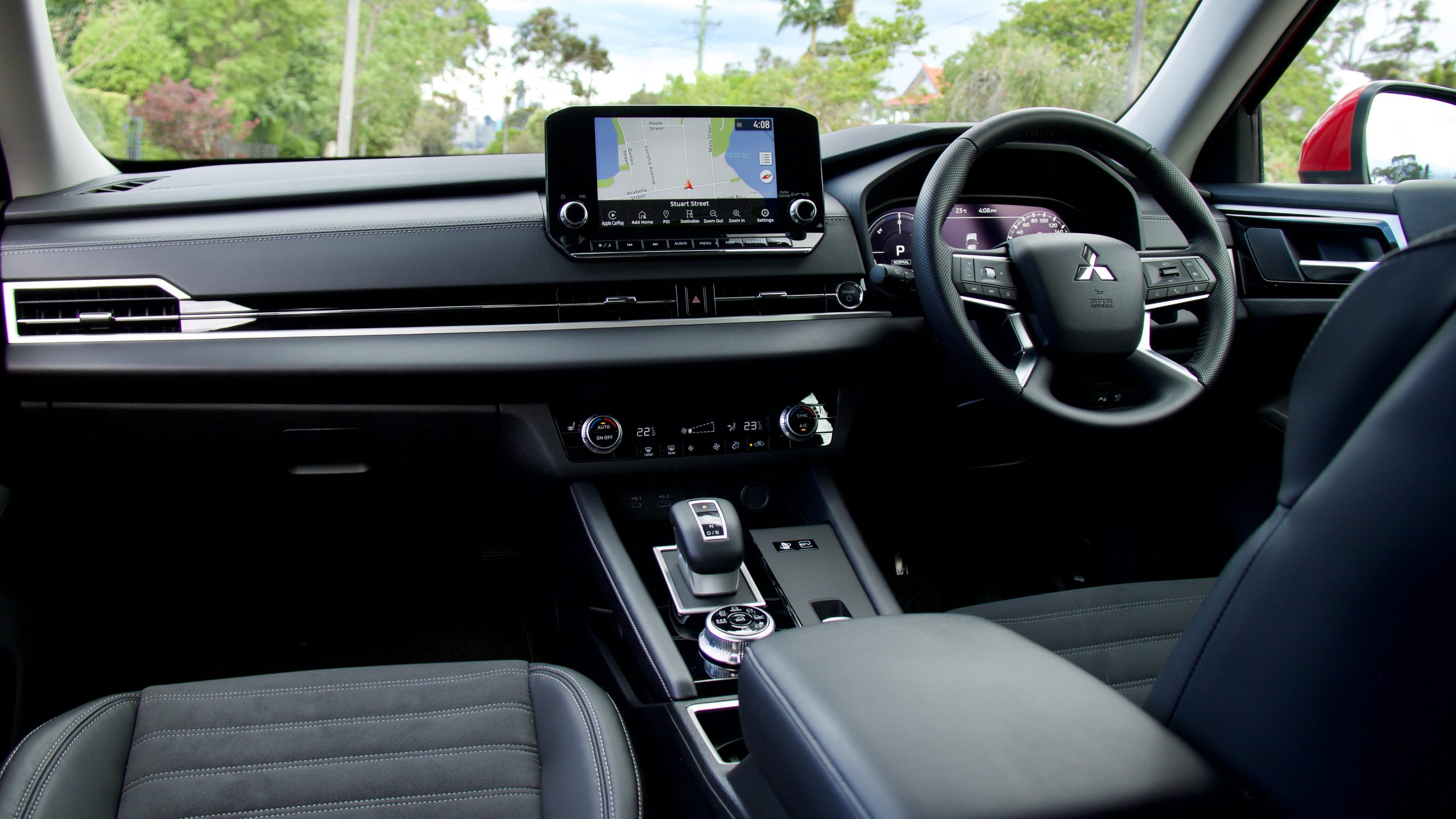
The quality inside the Outlander’s cabin is generally pretty good. The leathers (and faux leathers) used are of good quality, while there are soft touch materials covering most of the cabin – including even the rear doors. We particularly like the suede and faux leather seats, which are very comfortable.
It’s also a practical cabin with a huge centre console box, big cup holders, a deep wireless charger tray ahead of the shifter and big door bins. We’d appreciate even more storage on the otherwise unused centre console, but it’s still got many places to store your trinkets.




Centre of the Outlander’s cabin is a 9.0-inch touchscreen that features wireless Apple CarPlay and Android Auto, digital radio and satellite navigation. The screen quality is great, the system is quick and it’s generally painless, though the layout is a bit basic. The physical buttons help massively though, and the wireless Apple CarPlay connected instantly every single time we turned it on. The six-speaker sound system punches above its weight as well.
The back seat of the Aspire model – which has five seats, unlike the seven-seat upper-spec models – is roomy, comfortable and well featured. It’s got ample room even for taller adults, while there are two USB ports, a 240V household outlet, air vents, door bins, a centre arm rest with cup holders, sectioned map pockets – only the separate climate zone, window shades and heated seats from upper models are missing.


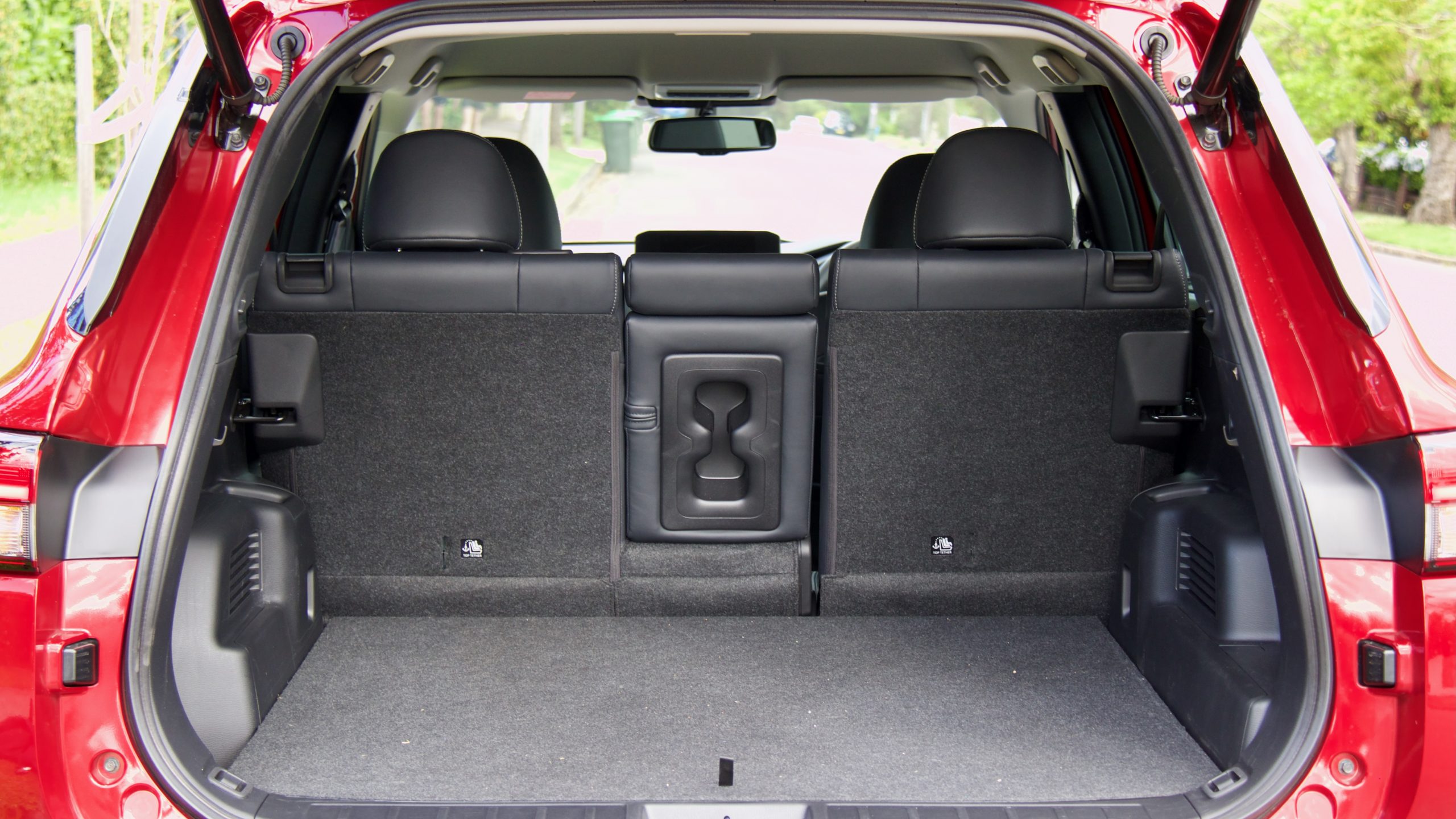

Aside from missing a spare wheel, the boot of the Outlander Plug-In Hybrid EV is identical to the practical space in the regular petrol model. With the rear seats erect, there’s 485-litres of space (up to the top of the seat), and with the seats folded, 1,478L – the latter figure is identical to the Escape. The boot has a few highlights including under floor storage, some hooks, a 240V/1,500W outlet, releases for seat folding and even a 40:20:40-split rear seat for ski carrying.
Service & Warranty: 9.5/10
Like other new Mitsubishi products, the 2022 Mitsubishi Outlander Plug-In Hybrid EV Aspire is equipped with a five-year/100,000km warranty that’s extended to a total of 10 years/200,000km if serviced at a Mitsubishi dealership – the hybrid battery pack has a slightly lesser eight-year/160,000km warranty, though. 12 months of roadside assistance comes with the Outlander which can be extended up to four years in total if serviced through Mitsubishi.
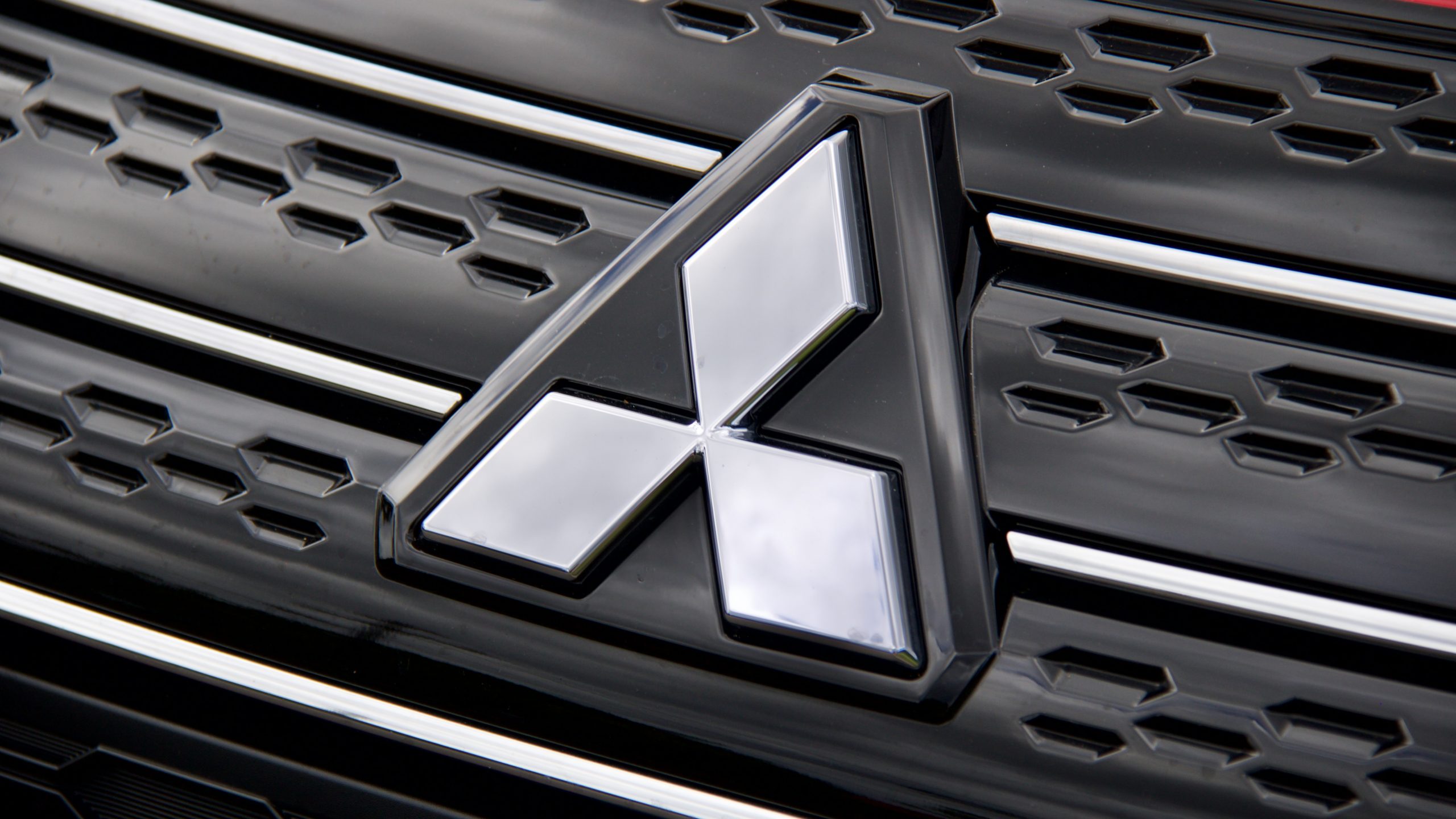
Five years/75,000km of servicing costs just $1,495 ($299 per service) and its service intervals are once yearly/every 15,000km. At Ford, you get a lesser five-year/unlimited km warranty (eight years/160,000km for the battery) with up to eight years of roadside assistance, though the Escape PHEV’s service intervals are identical to the Outlander and five years/75,000km of servicing it costs $1,571 ($314 per service).
The 2022 Mitsubishi Outlander Plug-In Hybrid EV Aspire DiscoverAuto Rating: 8.3/10
The 2022 Mitsubishi Outlander Plug-In Hybrid EV Aspire, like its predecessor, is a great all-rounder. It’s practical, spacious, cheap to service, well equipped and – if charged a lot – capable of excellent running costs. It’s a very likeable car, and this generation has made it faster, more efficient, far better finished inside, far better looking and because of all of that, an even better all-rounder. It’s also one of the only plug-in hybrids on the market that’s capable of fast charging, which makes it a lot more practical to own, especially for those without access to overnight charging.
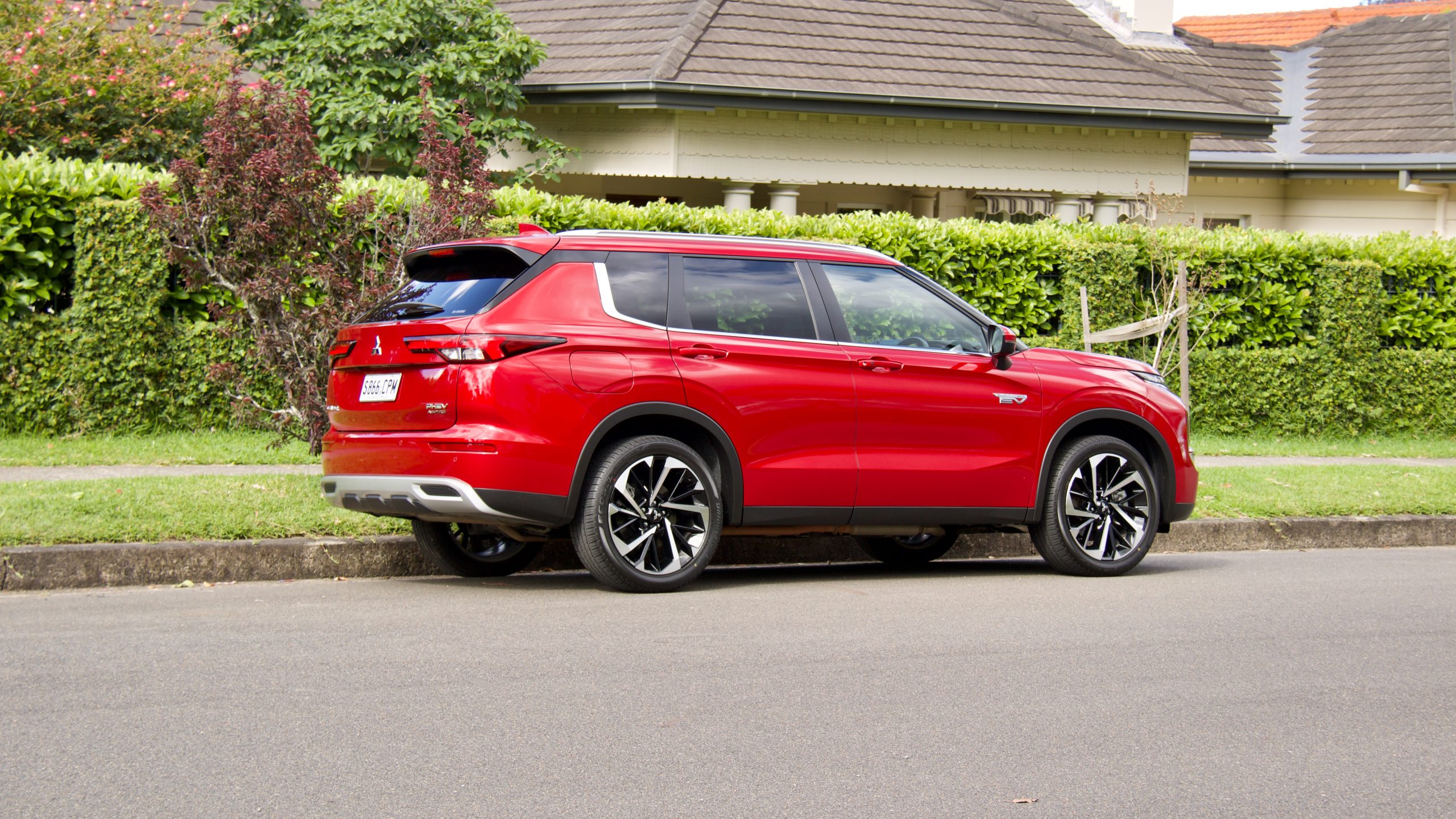
There are things to improve, however – the ride quality needs tuning, as does the steering, and it’s also more expensive than the previous generation, though the uptick in overall ability surely offsets that. As before, the Outlander Plug-In Hybrid EV represents a family SUV that’s capable of a lot of things – and zero tailpipe emissions driving just happens to be one of them. Although there’s more competition this time around, Mitsubishi’s forward thinking shines brightly in the Outlander Plug-In Hybrid.

Leave a Reply